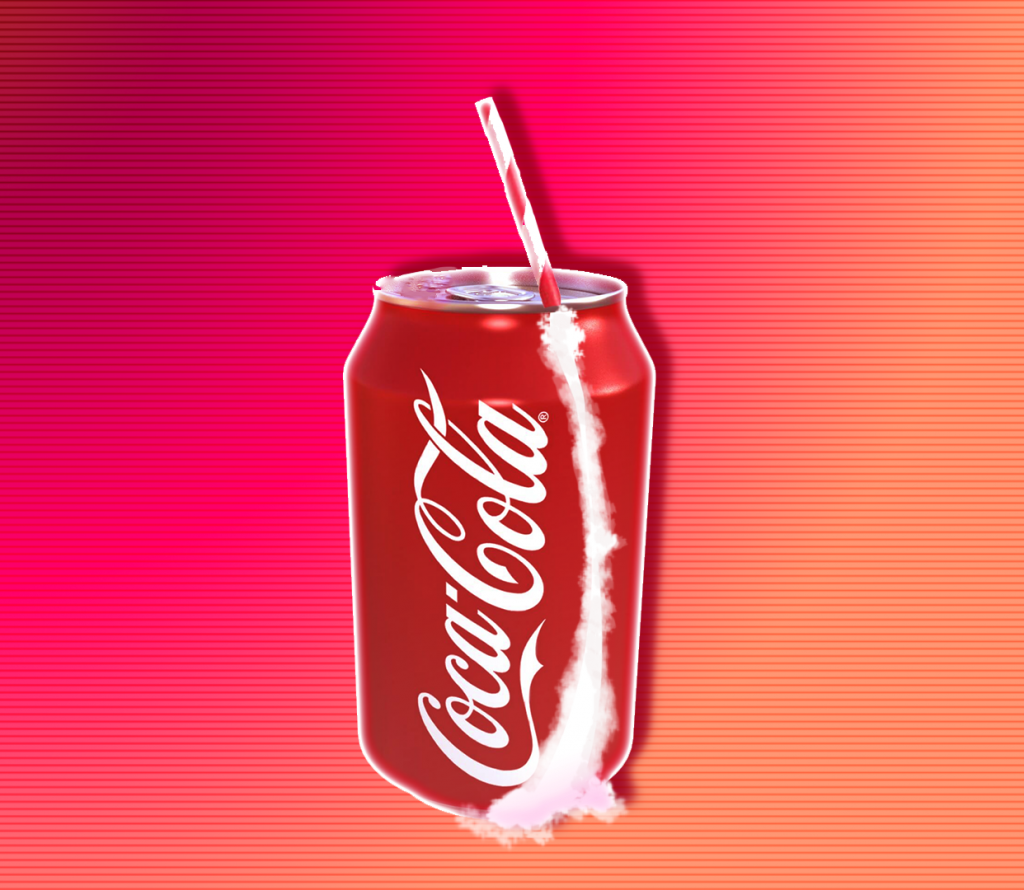Bringing Coke back to Coca Cola
Coca Cola will be adding cocaine to their products again as Pacific Northwest states pass decriminalization laws towards hard substances.
Disclaimer: April Fools! This is a satirical article that does not present itself as truth. It, however, mixes both brand history facts and fiction. The naming of the Coca Cola brand, prohibition period, and the traces of cocaine in original Coca Cola are all true, however claims that they are reintroducing traces of cocaine and related information are false. Dr. Jackson is a fictional character and holds no connection to the SAMHSA, nor their stance on substance abuse. The Ledger also holds no public stance. The author of this article is a mental health and substance abuse activist, and does not judge those who use or are recovering from such drugs – they wrote this article with intent to more so criticize preformative corporate activism.
CW: hard drugs, substance abuse and cocaine mention.
On Friday, March 26 at the bi-quarterly Brewery and Soft Drink Conference, Coca Cola CEO James Quincey announced that they will be reintroducing cocaine across their products’ recipes.
“With the decriminalization and legal medical use of cocaine in both Oregon and Washington, with many states sure to follow, we here at the Coca Cola company have decided to return to our roots, bringing coke back to Coca Cola,” stated Quincey.
Coca Cola originally got its name back in 1885 from its two medicinal stimulant ingredients: extract of coca leaves (cocaine) and kola nuts (caffeine). It was originally made by Pharmacist John Pemberten, a war vetern who took morphine regularly after suffering injuries in World War I. Back in this time, patented drug laws were looser and cocaine was a commonly prescribed drug used for its anesthetic and vasoconstricting properties.
However Coca Cola removed cocaine from their recipe by 1904. Instead they decided to mix leaf extracts with fruity flavors, creating what could be considered as a ‘faux wine.’ This alternative to alcohol resulted in its rising popularity in 1923 during the prohibition era.
As Coca Cola has expanded their brand within the last century, their product development team will be testing what levels of Benzoylmethylecgonine (cocaine) best fits each individual product. While Coca Cola originally had 1/400 trace of cocaine for each ounce, so far developers found that 1/75 works best in low sugar products, such as Coke Zero and Diet Coca Cola, to give their customers a boost of energy while also decreasing hunger.
On a national scale, Coca Cola will be working with pharmaceutical lobbyists to get Coca Cola prescriptions back on medical shelves. Inside sources say that Coca Cola will be used as pain reducing medication for surgeries and aftercare — posing as a tasteful liquid alternative to chalky, hard to swallow pills.
While many welcome this new change, there are many who are skeptical. Dr. Imani Aliyah Jackson, Executive Program Director at Substance Abuse and Mental Health Services Administration (SAMHSA) expressed their concerns.
“Coca Cola’s initiative is a classic example of corporations performatively monopolizing on serious issues and advancements in social welfare legislations to advance their company with no concern towards the common man,” Jackson said via their Twitter @IAJ_SAMHSA, “That is not to say we should discriminate against those who use cocaine but that shallow corporate activism can create larger systemic problems if not addressed with a critical ethical eye. I am wary that Coca Cola will further a culture of harm.”
While the recipes are still in the development process and are pending approval from the Food And Drug Organization (FDA), Quincey reports that the newly branded products are set to release by Winter 2021 (Q4 2021).



